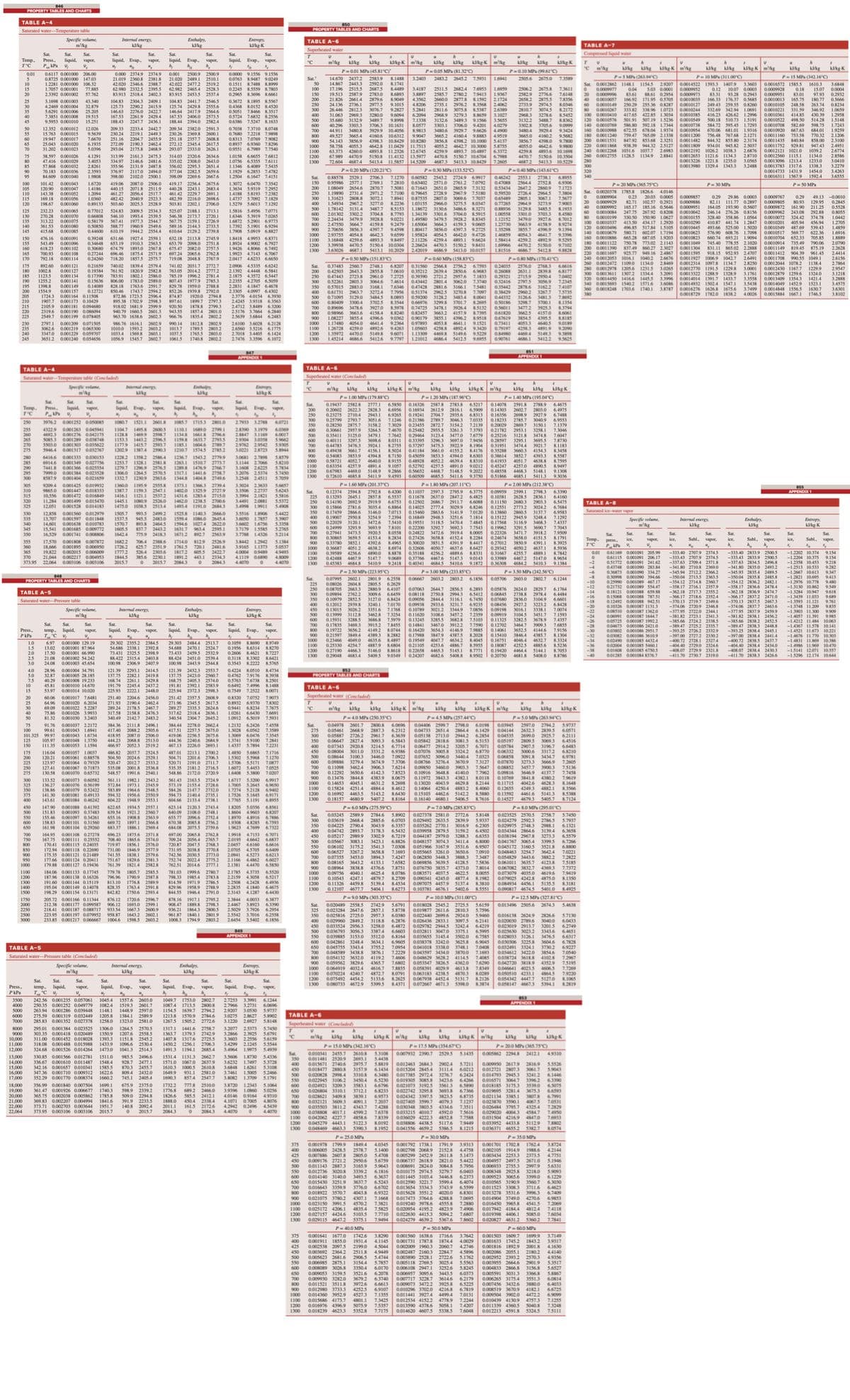. Over a certain range of pressures and temperatures the equation of state of a certain substance is given with considerable accuracy by the Redlich-Kwong relation, p = RT - a v-b v(v + b)T1/2 where v, R, T, P, and A are specific volume, gas constant, temperature, pressure, and constant, Internal encry respectively. Drive an expression (e.g., f= f(a, b, T, v₁ and v₂) for the change of enthalpy of this substance in an isothermal process. Hint: one may start with the following equation
. Over a certain range of pressures and temperatures the equation of state of a certain substance is given with considerable accuracy by the Redlich-Kwong relation, p = RT - a v-b v(v + b)T1/2 where v, R, T, P, and A are specific volume, gas constant, temperature, pressure, and constant, Internal encry respectively. Drive an expression (e.g., f= f(a, b, T, v₁ and v₂) for the change of enthalpy of this substance in an isothermal process. Hint: one may start with the following equation
Introduction to Chemical Engineering Thermodynamics
8th Edition
ISBN:9781259696527
Author:J.M. Smith Termodinamica en ingenieria quimica, Hendrick C Van Ness, Michael Abbott, Mark Swihart
Publisher:J.M. Smith Termodinamica en ingenieria quimica, Hendrick C Van Ness, Michael Abbott, Mark Swihart
Chapter1: Introduction
Section: Chapter Questions
Problem 1.1P
Related questions
Question
Please not Ai generated, show all steps in need to understand. Use table vaules

Transcribed Image Text:TABLES AND CHARTS
R
AR R
TABLE A-5
B
4 R RES BREGS
TABLE A-5
1
TABLE A-6
TABLE A-6
TABLE A-6
TABLE A-6
K
1

Transcribed Image Text:4. Over a certain range of pressures and temperatures the equation of state of a certain substance
is given with considerable accuracy by the Redlich-Kwong relation,
p =
RT
a
v-b v(v + b)T1/2
where v, R, T, P, and A are specific volume, gas constant, temperature, pressure, and constant,
internal energy
respectively. Drive an expression (e.g., f= f(a, b, T, v₁ and v₂) for the change of enthalpy of this
substance in an isothermal process. Hint: one may start with the following equation
Expert Solution
This question has been solved!
Explore an expertly crafted, step-by-step solution for a thorough understanding of key concepts.
This is a popular solution!
Trending now
This is a popular solution!
Step by step
Solved in 3 steps with 6 images

Recommended textbooks for you

Introduction to Chemical Engineering Thermodynami…
Chemical Engineering
ISBN:
9781259696527
Author:
J.M. Smith Termodinamica en ingenieria quimica, Hendrick C Van Ness, Michael Abbott, Mark Swihart
Publisher:
McGraw-Hill Education

Elementary Principles of Chemical Processes, Bind…
Chemical Engineering
ISBN:
9781118431221
Author:
Richard M. Felder, Ronald W. Rousseau, Lisa G. Bullard
Publisher:
WILEY

Elements of Chemical Reaction Engineering (5th Ed…
Chemical Engineering
ISBN:
9780133887518
Author:
H. Scott Fogler
Publisher:
Prentice Hall

Introduction to Chemical Engineering Thermodynami…
Chemical Engineering
ISBN:
9781259696527
Author:
J.M. Smith Termodinamica en ingenieria quimica, Hendrick C Van Ness, Michael Abbott, Mark Swihart
Publisher:
McGraw-Hill Education

Elementary Principles of Chemical Processes, Bind…
Chemical Engineering
ISBN:
9781118431221
Author:
Richard M. Felder, Ronald W. Rousseau, Lisa G. Bullard
Publisher:
WILEY

Elements of Chemical Reaction Engineering (5th Ed…
Chemical Engineering
ISBN:
9780133887518
Author:
H. Scott Fogler
Publisher:
Prentice Hall


Industrial Plastics: Theory and Applications
Chemical Engineering
ISBN:
9781285061238
Author:
Lokensgard, Erik
Publisher:
Delmar Cengage Learning

Unit Operations of Chemical Engineering
Chemical Engineering
ISBN:
9780072848236
Author:
Warren McCabe, Julian C. Smith, Peter Harriott
Publisher:
McGraw-Hill Companies, The